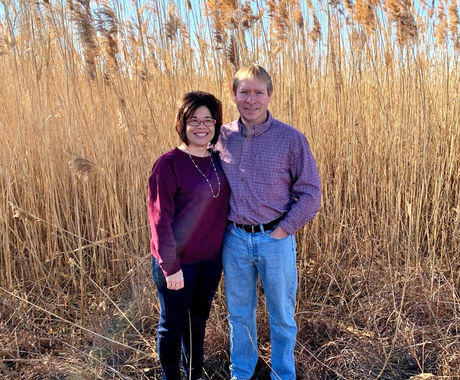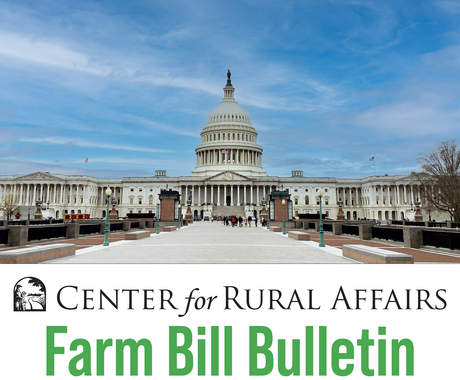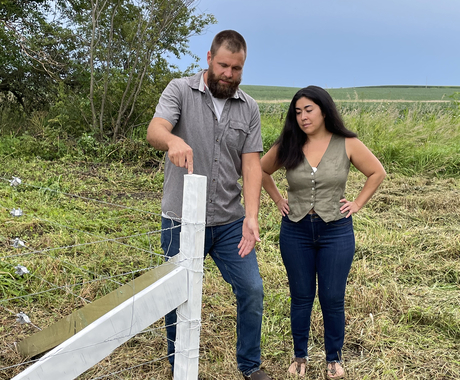By Johnathan Hladik, former policy director
We were struck recently after reading a study by Anne Case and Angus Deaton of Princeton University. The authors show a concerning trend: the period between 1999 and 2013 saw an increase in mortality of middle-aged white men and women.
This reverses decades of progress, and underscores very real concerns about the quality of life for low-income residents across the rural Midwest. (While new immigrant populations have begun to grow in the region, the rural Midwest remains predominantly white.)
The study’s findings stand out. No other race or age group in the United States has shown an increase in mortality since 1970. No other developed country showed an increase in mortality for middle-aged white men and women over this period.
For many, quality of life is deteriorating across the rural Midwest. Today a white, high school educated female aged 45-54 can expect declines in self-reported health and mental health, increased pain, and greater difficulties with daily living. Instead of a mortality rate that matches the 2% decline experienced by her parents, children, and friends and neighbors, her chances of early mortality are actually increasing.
To put this in perspective, a flat mortality rate over this period would have avoided 7,000 additional deaths within this population in 2013 alone. Continuing the 2% decline, and matching that of every other demographic measured, would have avoided 54,000 additional deaths in that same year.
Each untimely death results in a family without a mother, a company without a worker, and a community without a leader. This hits home. In rural Nebraska’s 3rd congressional district, 14% of the population is aged 45-54, the largest age group. Over 94% of the population is white. Approximately 44% have a high school education or less.
Addressing this problem requires innovative solutions that boost education levels and create genuine opportunity. This includes targeted skills training, increased access to education, and restoration of a sense of community.
It also requires services that improve health and wellbeing. For instance, expanding Medicaid to make health insurance accessible to low-income working Nebraskans would have prevented 195 bankruptcies in 2013. It would have saved each enrollee an average $1,100, leading to enough local spending to create 800 additional jobs.
Furthermore, failure to address the findings of the Princeton study carries the risk of destabilizing and undermining American democracy. Disaffected populations are less likely to be engaged at the community, state, or national level in contemporary debates about the future of our country. Avoiding this fate requires action on the part of all involved.





